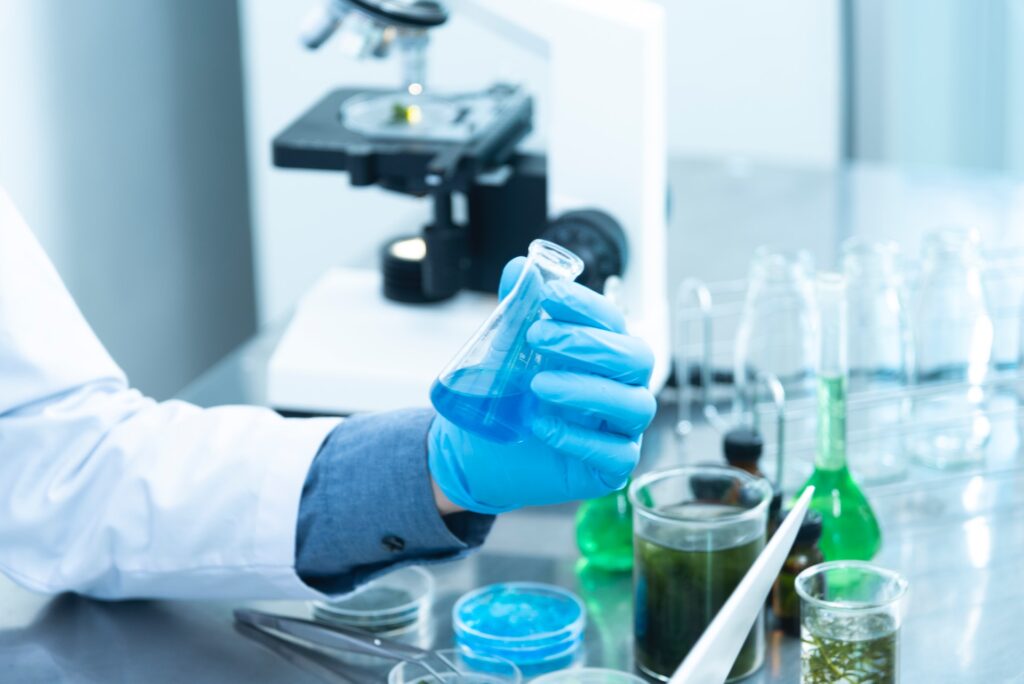
Types of Laboratory Hazards
In addition to chemicals, laboratory workers must be aware of biological and physical hazards. These hazards include recombinant DNA, viruses, and other organisms introduced into experimental animals. To prevent these hazards, lab workers must be sure their procedures are safe. These hazards are regulated by the U.S. Department of Agriculture, the Department of Homeland Security, and the Department of Health and Human Services. Another type of LIS laboratory hazard, KY includes those resulting from manual material handling and electrical safety. Basic housekeeping issues also pose a potential risk.
Chemical hazards
Chemical hazards in a laboratory can include both physical and health risks. Some chemicals can harm your skin, eyes, and respiratory tract and cause respiratory failure, rash, or laryngitis. Some can cause long-term effects and can even be fatal. It’s important to understand and minimize the potential for exposure to these chemicals.
The most common routes of chemical exposure in a laboratory are inhalation and dermal contact. Both of these routes can be minimized by proper housekeeping and by using appropriate gloves. Proper use of one-handed techniques can also minimize dermal contact. Before using chemicals, it is important to read the Safety Data Sheets, which include information on the hazardous properties of the substances. You can also learn about common medical symptoms of overexposure and proper handling techniques.
Physical hazards
As a principal investigator or laboratory supervisor, it is your responsibility to ensure that the safety of laboratory personnel is paramount. This includes proper training, good housekeeping, and using personal protective equipment. Effective training and hazard identification will help minimize accidents involving physical hazards and ensure the protection of laboratory personnel. Furthermore, you should train laboratory personnel on lifting procedures, repetitive movements, and the proper use of various laboratory equipment.
Chemicals used in the laboratory can pose a number of physical hazards. Some of these materials are extremely toxic and can damage human health. Other hazards can occur from reactions involving high temperatures. These reactions can produce explosive fumes and high pressure.
Biological hazards
Biological hazards are harmful agents that are transmitted to humans through contact with infected organisms, contaminated objects, and infected body fluids. Some of these agents include Hepatitis B and HIV. They can also be spread by contact with broken skin or sharp instruments. To prevent the spread of these agents, laboratory workers must dispose of contaminated instruments and clothing and wear gloves and other protective equipment. In addition, they must disinfect their hands before handling infectious agents.
Biological hazards can include bacteria, viruses, parasites, and fungi. Some of these agents are potentially dangerous to humans and can cause infections and skin irritation. Others can be carcinogenic and cause cancer. Regardless of the type of biological hazard, educating workers about the risks is critical for their safety.
Radioactive hazards
Working in a laboratory involving radioactive materials requires special precautions to prevent harmful effects on personnel. These hazards can be controlled by following three basic guidelines: distance, shielding, and proper handling. The amount of radiation to be released into the environment varies depending on the type of work performed, but in most cases, the level is similar to the highest amount given to patients. Personnel should wear a personnel monitoring device and disposable gloves when handling dispersible radioactive materials.
Generally, procedures involving radioactive materials should be carried out in a closed system, such as a fume hood. The airflow in a fume hood should be at least 60 to 120 linear feet per minute. However, some new fume hoods are designed with a lower airflow. In addition, the sash height should be adequate to protect workers from radiation. Furthermore, work with radionuclides that have half-lives longer than a few hours must be performed in containment.
Asphyxiants
Asphyxiants are chemicals that interfere with the body’s ability to use and transport oxygen. Some common examples of asphyxiants are carbon monoxide, cyanide, hydrogen sulfide, and other nongaseous substances. These chemicals can cause systemic damage, including neurological deficits, myocardial damage, and even death.
Asphyxiants are highly corrosive and flammable materials and should be handled with caution. Uncontrolled releases of asphyxiants may occur, and emergency personnel should be notified immediately. In addition, laboratories should be aware of the risk associated with uncapped cylinders. If an uncapped cylinder is knocked over, the impact can shear the valve, allowing pressurized gas to rapidly diffuse into the atmosphere. This can result in explosions, runaway reactions, and ruptured reaction vessels.
Irritants
In laboratories, chemicals often used to perform experiments can be irritants. Irritants are noncorrosive chemicals that cause inflammation in living tissues. They include many organic and inorganic compounds. These chemicals should be kept away from the skin and eyes. Examples of irritants include formaldehyde, iodine, and benzoyl chloride.
Many chemicals used in laboratories have a range of properties, ranging from mild irritants to severe toxins. This makes it essential to evaluate the risks associated with each chemical before using it. To assess the risks of a chemical, the MSDS or LCSS should be reviewed. There are also several guidelines for evaluating acute toxicity.
Electrical hazards
One of the most common electrical hazards in the laboratory is a faulty power source. This can lead to a fire or a hazardous overload situation. In addition, faulty appliances can release flammable or toxic vapors. Mechanical stirrers and fume hoods may not operate properly, causing vapors to escape into the laboratory. Therefore, it is imperative to ensure that all electrical equipment in the laboratory is inspected before each use.
Fortunately, electrical hazards can be significantly minimized by using good work practices. Employees should always maintain awareness of the condition of all equipment, whether it’s a computer or a hand-held UV lamp. If any equipment is found to be defective, it should be repaired or replaced immediately. Additionally, electrical outlets should be grounded and properly insulated and have a three-prong plug. Extension cords should be used only for temporary operations.
